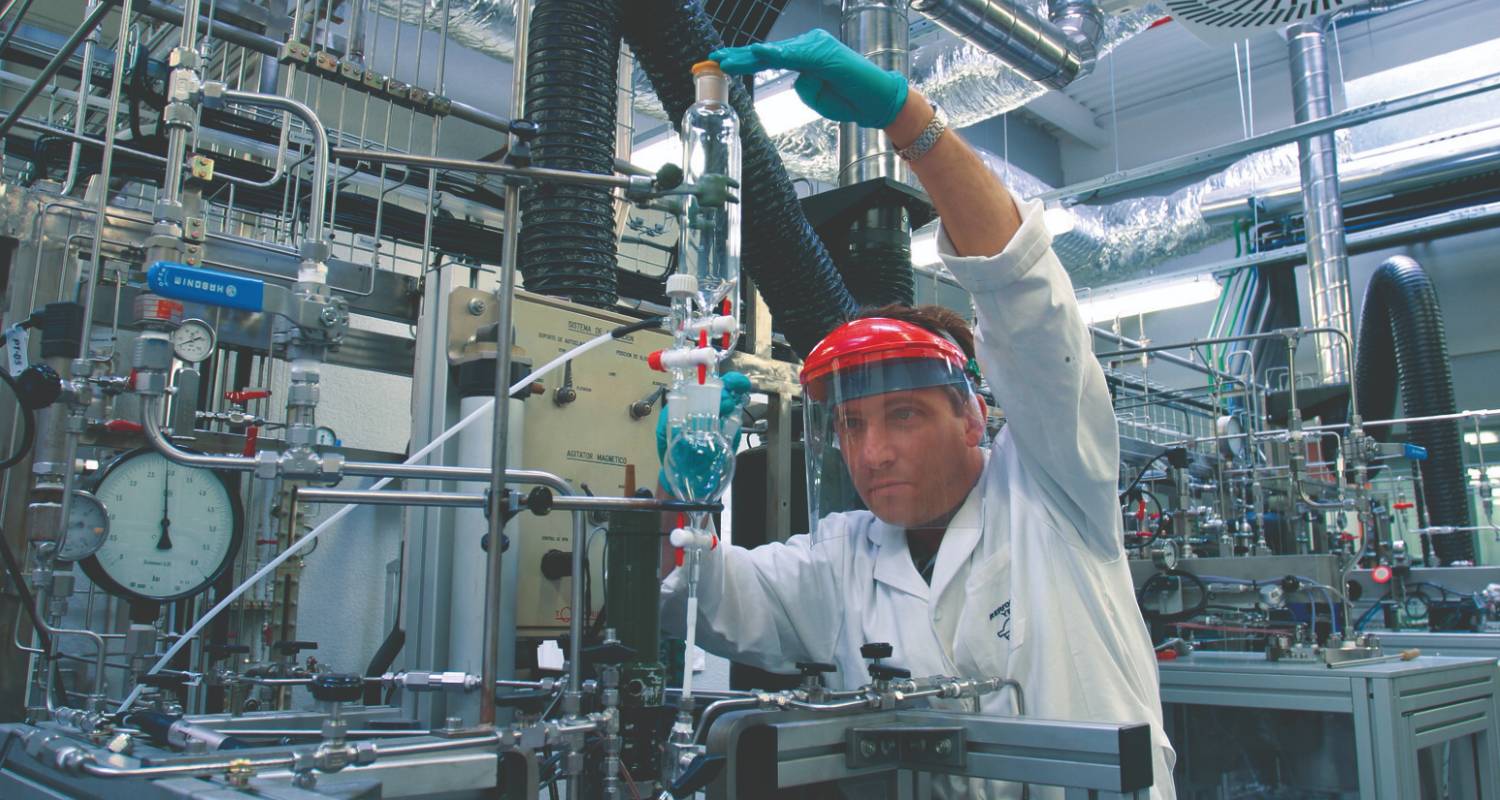Sherlock II Project
Sherlock II Project
Cutting-edge technology for extracting oil
Cutting-edge technology for extracting oil
At Repsol, we’ve created a detective using cutting-edge technology. It serves us as an ally to make the most of our exploration efforts with minimal impact on the environment.
Phase one
This project is the result of three key disciplines in hydrocarbon extraction working together: geology, geochemistry, and high-resolution analytical chemistry. It is focused on Upstream and the initial stages of exploring and assessing possible reservoirs. This is when questions arise concerning the type and volume of hydrocarbons in the reservoir, how and when they were formed, their composition and quality, and whether there is a viable and sustainable way to extract them.
To bring this project to fruition, we have worked in collaboration with a multidisciplinary group implementing petrographic microscopic techniques and high-resolution geochemical analysis to describe and visualize (characterize) the various elements of a petroleum system—reservoir, seal, source rock, and migration pathways—in order to reduce the geological risk and increase the rate of success in exploration. By using different types of microscopes, it is possible to obtain a higher-resolution image of a sample and observe details that are invisible to the naked eye.
Consolidated application
Several pilot studies have been conducted in a number of BUs—Morocco, Mauritania, Libya, Algeria, and Brazil—in order to show the potential of the new methodology for both exploration projects and field development. These studies were established some time ago, particularly in Brazil, later expanding to projects in other areas of interest for our company: Norway, Venezuela, etc.

